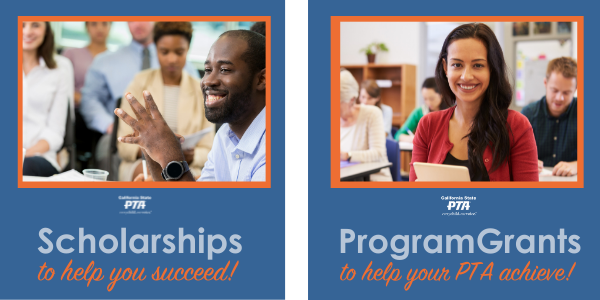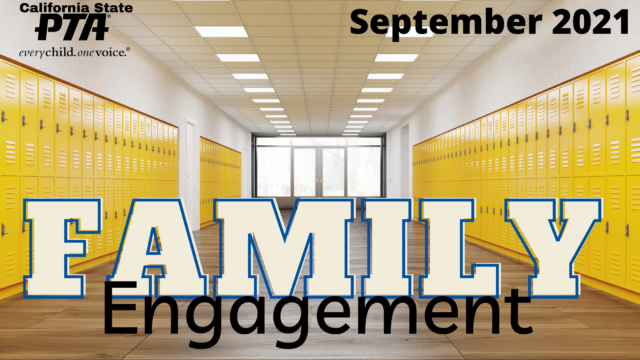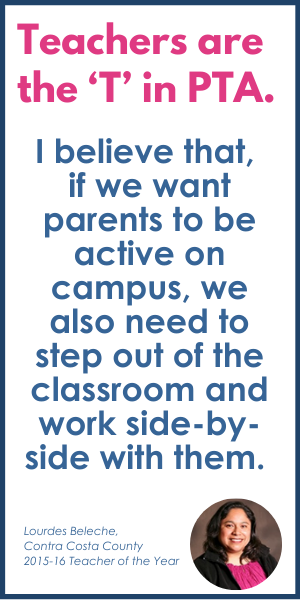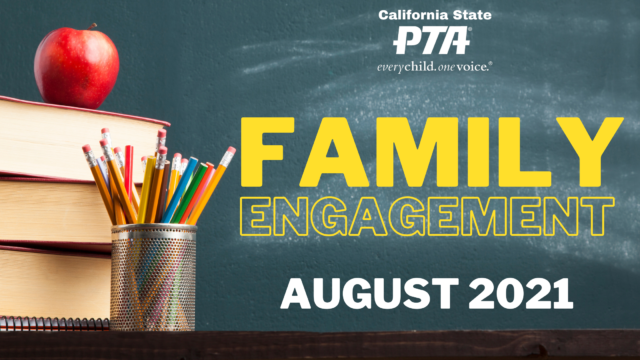by Heather Ippolito, Vice President Family Engagement Commission

The fourth PTA National Standard for Family-School Partnerships calls for empowering families to speak up and advocate for their child and other children to ensure that students are treated fairly and have access to learning opportunities that will support their success.
Families often need help in this area, as many don’t feel comfortable speaking up in school or district meetings. PTA and school administrators can do so much to help build confidence in our parents and caregivers. Here are a few ways you can help build capacity in this area:
Parents need to understand their rights and responsibilities. The California Department of Education oversees rights that are written into law as part of the California Education Code. Many families are unaware that they have the right to do things like review the curriculum their child is learning, observe their child in their classroom and participate in committees or councils at the school and district levels. School administrators and PTA units can help families understand these rights by doing annual information nights in multiple languages, including these rights in newsletters or on the website, and advertising opportunities for parent engagement in the committees and councils.
As issues arise on your campus, your PTA can host discussions for parents, students, teachers, staff, and administrators to come together and work toward solutions. Having all parties in a room together can spark creative solutions to issues and allow everyone to feel heard and involved.
Provide families with advocacy training. Advocacy is a scary term for many parents, but at the school level, advocacy can be as simple as asking your teacher for a resource your child needs or sharing a concern with the school principal. Show parents that all forms of advocacy — small at the school site or larger efforts like speaking to legislators — are welcomed and needed for our children to succeed.
Families need to understand how the school system works. Who do they talk to if they have concerns about their child? When should they involve the principal? What offices at the district office are there to support student learning? California State PTA has the School Smarts Family Engagement Program that, over seven sessions, helps families at your school answer those questions and build capacity for greater advocacy and involvement. You can get more information about this program by emailing programsupport@capta.org
You can download the comprehensive document PTA National Standards for Family-School Partnerships, or get started with this brief summary. You might also want to share our previous blog posts:
Introduction to the National Standards
Standard 1- Welcoming All Families



